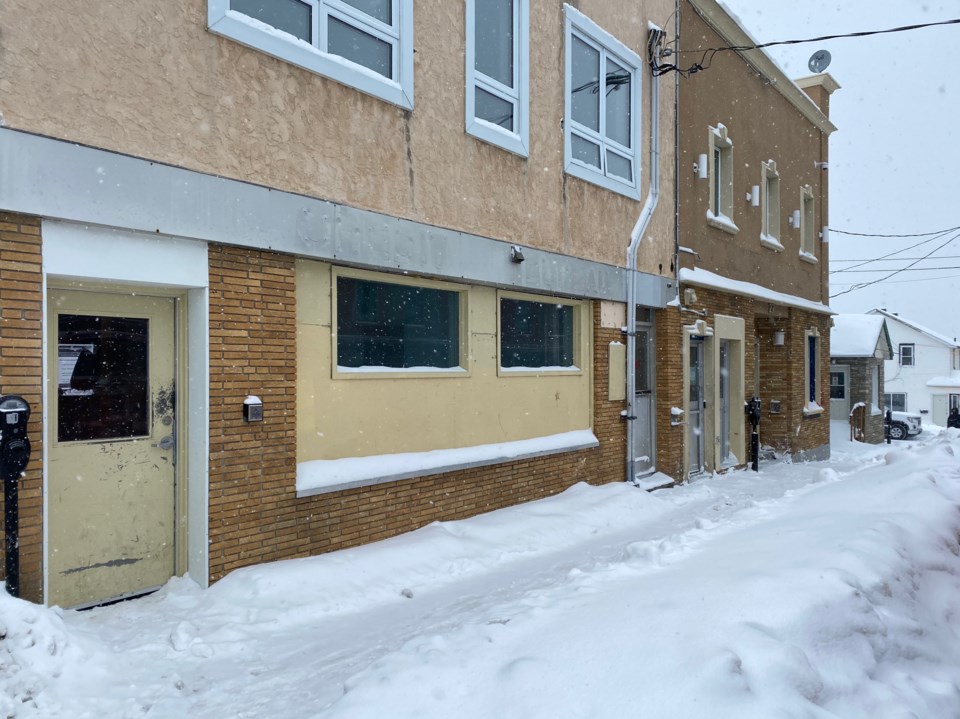With a staggeringly high rate of opioid deaths in the area, Timmins is close to opening its first safe injection site.
It's been over a year since Timmins doctors Julie Samson and Louisa Marion-Bellemare first talked to council about the treatment of addictions in the city. An overdose prevention site is part of their multi-pronged vision to tackle the issue.
Safe Health Site Timmins is awaiting Health Canada approval before it can officially open its doors downtown.
Recently a panel discussion featuring community health leaders was held by the Timmins Chamber of Commerce.
The virtual event featured representatives from the Porcupine Health Unit, Timmins and District Hospital, Timmins Police Service and the City of Timmins.
What is Safe Health Site Timmins?
It's a place where people can use previously obtained drugs in the presence of trained medical staff and connect to services. It will be operated by Timmins and District Hospital.
Officially called an Urgent Public Health Needs Site (UPHNS), it's a temporary solution to bridge the gap while the Timmins and Area Drug Strategy group work toward a permanent supervised consumption site.
While the permanent site has a funding stream, the temporary operation does not.
Last year, the City of Timmins committed over $1 million for a UPHNS.
Familiar location
Safe Health Site Timmins will be in the former Living Space location on Cedar Street North across from city hall.
“We have a higher area of incidences of public substance use in that area. Health services were already previously set up at that location. Lastly, it’s also close to health and social services in that region, it’s a very central location if people need to go to the hospital, if people want to go the downtown core to access their appointments or other services of that nature,” said Patrick Nowak, Timmins and District Hospital addictions program manager.
The location of the permanent safe injection site has not been determined.
As the team works its way through the application process, Nowak said they'll keep an open mind based on what happens at Safe Health Site Timmins.
It will be open 12 hours a day and be staffed with two nurses, a harm reduction worker and one engagement and safety liaison.
The team setting up the facility has visited other sites in Ontario.
Wanting to get it right, Nowak said they are taking steps to prevent issues from arising and ensuring that potential issues are addressed.
For example, staff will patrol the site often to pick up discarded needles or other things that may be left behind.
“While we don’t anticipate that happening as much, we do want to ensure that we’re taking our due diligence to reduce any risk caused by a needle stick or anything like that even if it doesn’t come from our site,” said Nowak.
The team has also been working with Timmins Police.
On-site, the engagement safety liaison will be trained to de-escalate situations.
Timmins Police Insp. Darren Dinel said there won't be an increase in police presence. If there are issues, staff can contact the police to deal with specific issues.
“The site is going to be there to operate on its own, they have their own security mechanisms and measures in place, they have their complaints mechanisms in place so they’ll receive it as they need to,” he said.
New CCTV cameras were installed in the area of the facility last year.
“So if we do need to go look at anything we do have those things in place that we can go back and deal with them after the fact,” said Dinel.
Growing Need
During the pandemic, the number of opioid deaths in Ontario rose significantly. The highest rates of opioid-related deaths were in three northern health unit areas — Sudbury, Algoma and Timmins.
“We know that the inequities and that the challenges facing our population are unique and do play a significant role in this,” said Dr. Lianne Catton, Porcupine Health Unit medical officer of health.
In 2020, the Porcupine Health Unit region had the second-highest opioid death rate in the province.
“This is absolutely alarming and something we definitely want to and have been and need to continue to address in every manner we possible can,” Catton said.
Forty people died from an opioid-related overdose in 2020, compared to 22 in 2019. That's an increase of 81.8 per cent.
Of the 40 people who died in 2020, 31 were in Timmins.
The trend did not improve in 2021.
Preliminary data from the chief coroner's office show that in the first 11 months of 2021 there were 36 substance-related deaths.
The greatest risk, said Catton, is using alone.



